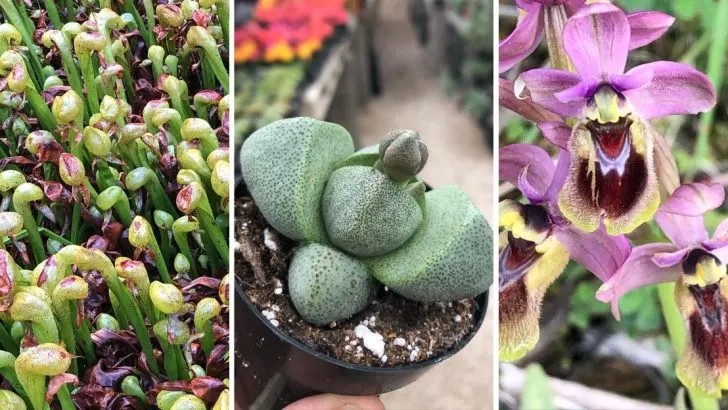Nature has a way of surprising us, and some plants take survival to a whole new level. By mimicking rocks, animals, or even other plants, these clever species have evolved to blend into their surroundings, confuse predators, or lure pollinators. Their disguises are so convincing that you might not even realize you’ve walked past one.
This kind of mimicry isn’t just a quirky trait—it’s a life-saving strategy honed over thousands of years. From “living stones” hiding in plain sight to flowers that trick insects into thinking they’re a mate, here are 12 plants that prove nature’s creativity knows no bounds.
Lithops
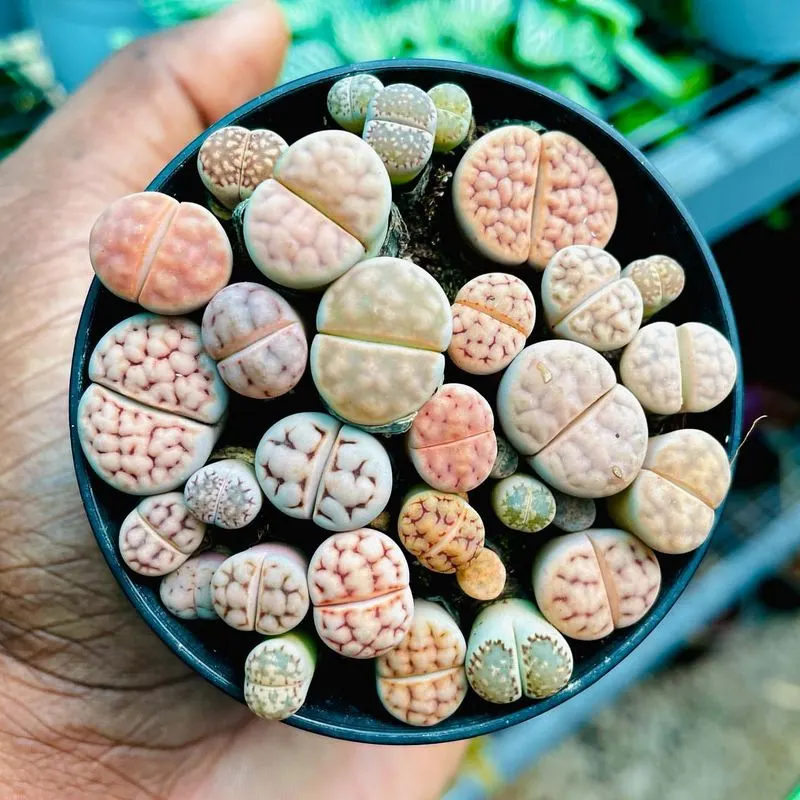
Lithops, often called “living stones,” are a type of succulent native to southern Africa. These plants have evolved to resemble rocks, providing them with protection against herbivores.
Their stone-like appearance is a perfect camouflage in their arid, rocky habitats.
When not in bloom, the only visible part is a pair of fleshy leaves that look almost exactly like small stones. This mimicry minimizes their visibility to predators.
Lithops store water in their leaves, allowing them to survive in extremely dry conditions, making them a fascinating example of natural adaptation.
Orchid Mantis
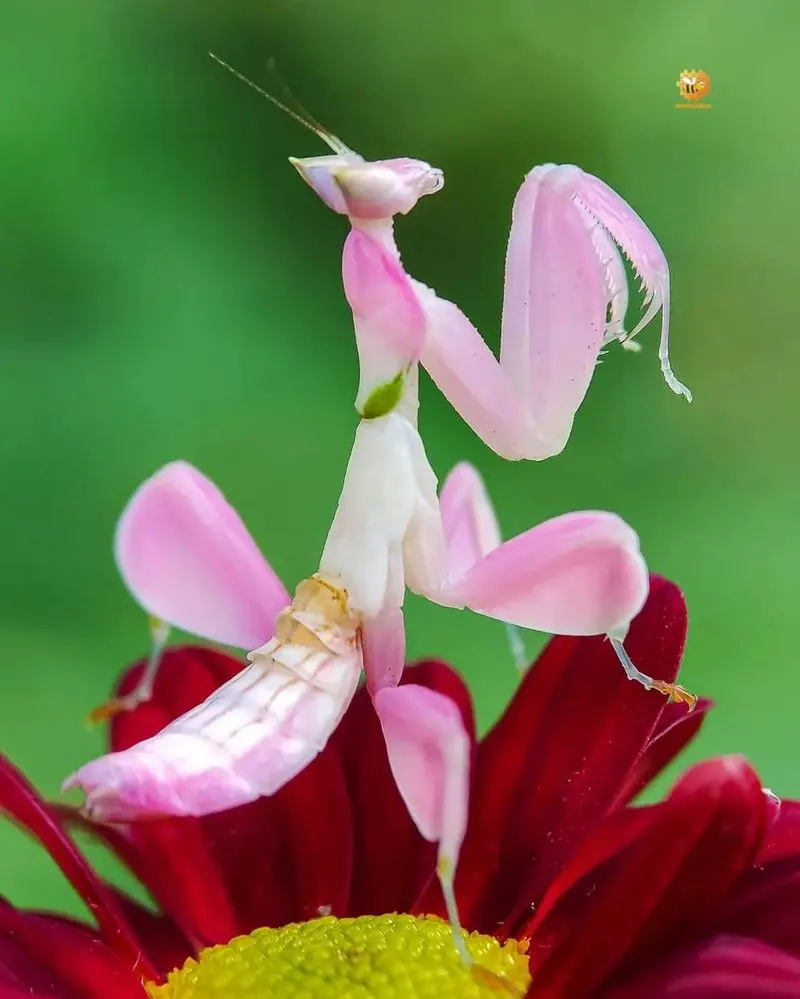
The Orchid Mantis is a master of disguise, mimicking orchid flowers to lure its prey. Though not a plant itself, it uses mimicry like one.
Its body resembles orchid petals, attracting insects looking for nectar.
This clever disguise allows it to remain undetected, making it an efficient predator. The mantis can change its color to match the surrounding flowers, further enhancing its illusion.
This fascinating adaptation highlights the incredible survival strategies in nature, where even insects may borrow mimicry tactics from plants.
Rafflesia
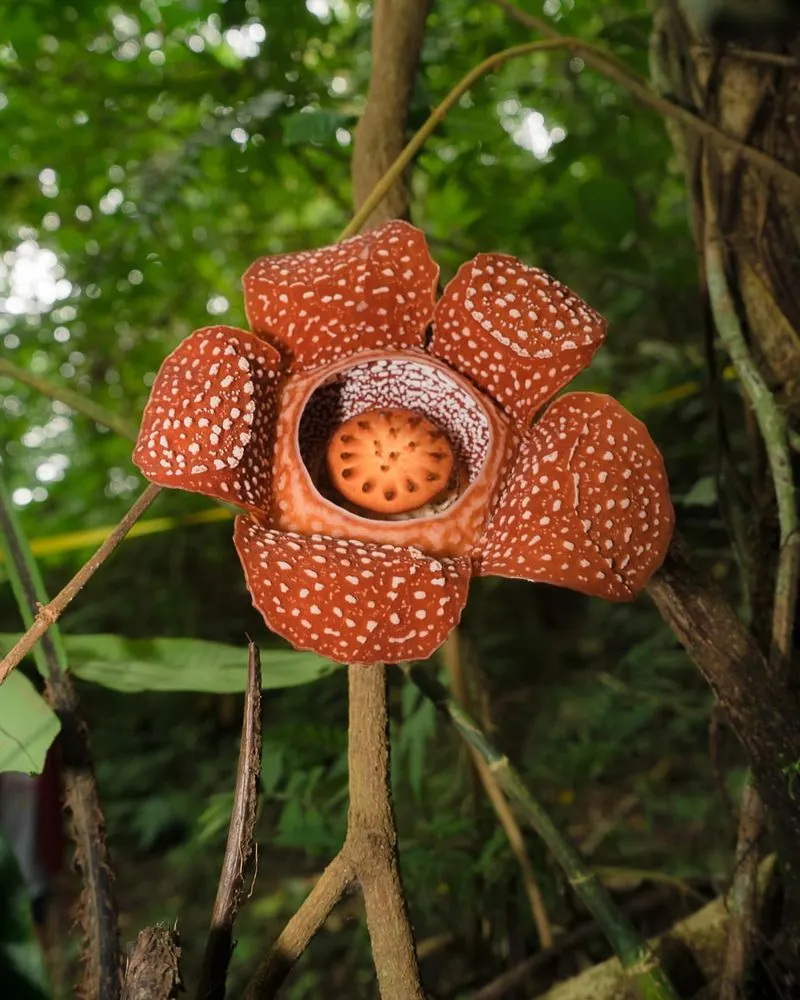
Rafflesia is known for its enormous flowers that mimic the appearance and smell of rotting flesh. This unique mimicry attracts carrion flies for pollination.
Found in the rainforests of Southeast Asia, Rafflesia lacks visible leaves, stems, or roots, as it is a parasitic plant. Its flowers can reach up to three feet in diameter.
This flower’s appearance is not just for show but a strategic adaptation to ensure the continuation of its species in the dense jungle ecosystem.
Corpse Flower
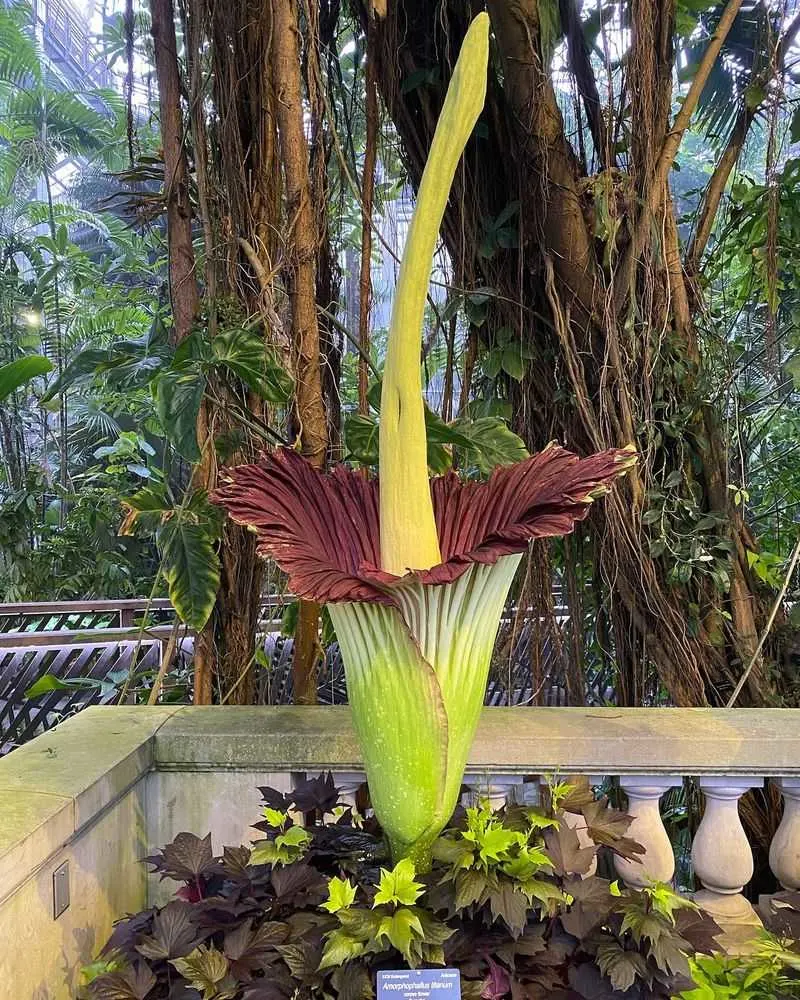
The Corpse Flower, or Titan Arum, produces one of the largest flowers in the world and mimics the smell of decaying meat. This odor attracts pollinators like carrion beetles and flies.
Native to the rainforests of Sumatra, this plant’s bloom is a rare and spectacular event. While its smell is unpleasant to humans, it’s a clever adaptation for pollination.
The plant can reach heights of up to 10 feet, ensuring its scent travels across the dense forest, highlighting its remarkable mimicry skills.
Bumblebee Orchid
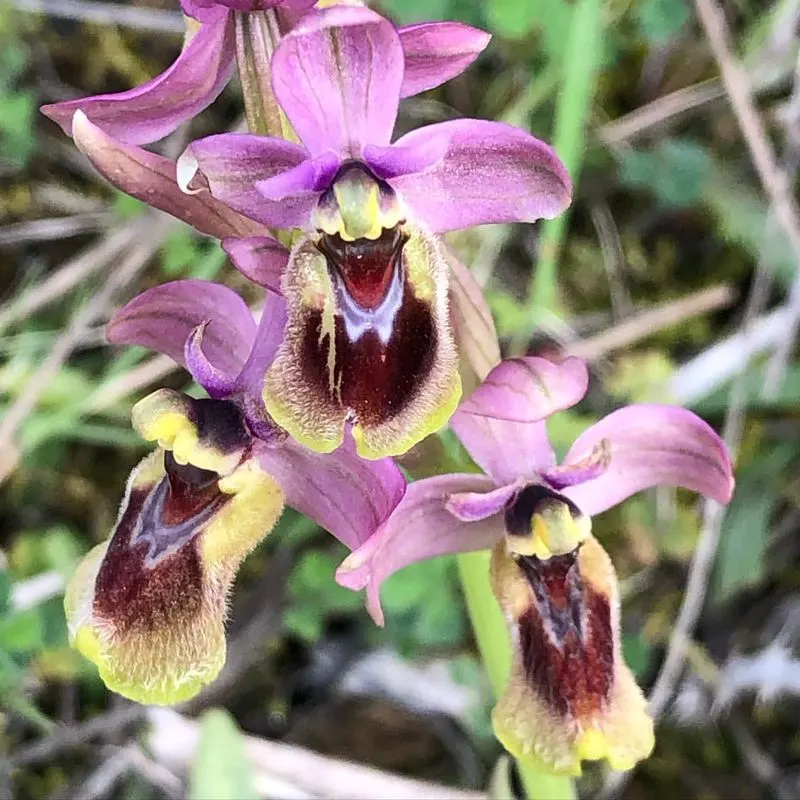
The Bumblebee Orchid is one of the most intriguing examples of floral mimicry. Its flowers are shaped and colored to resemble female bumblebees.
This mimicry attracts male bumblebees, which attempt to mate with the flower, inadvertently aiding in pollination. This clever ruse ensures the orchid’s reproductive success.
Found in Mediterranean regions, the Bumblebee Orchid’s unique adaptation helps it thrive in its natural habitat, showcasing the diverse tactics plants use to survive.
Rock Mimicry Plant
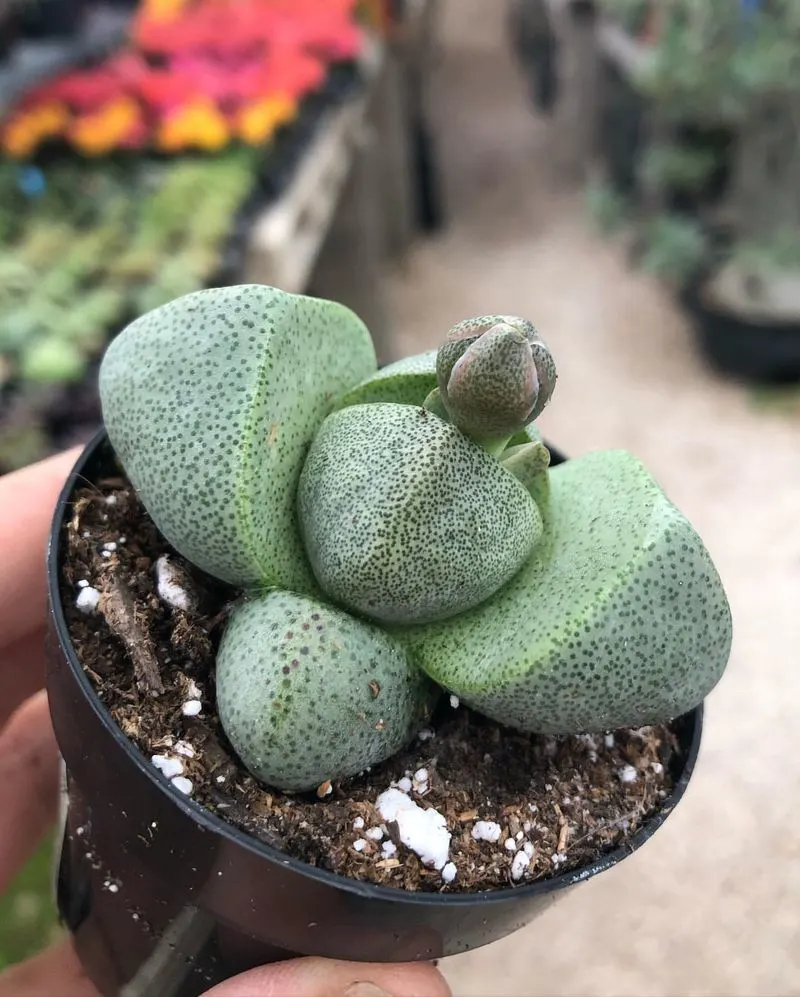
Rock Mimicry Plants are adept at blending into their rocky surroundings. These plants have evolved to look like stones, reducing their chances of being eaten by herbivores.
Found in arid regions, their stone-like appearance helps them conserve water by reducing exposure. This mimicry offers a dual benefit of camouflage and moisture retention.
Such adaptations are crucial for survival in harsh environments, where resources are scarce, and the ability to hide can mean the difference between life and death.
Snake Mimicry Plant
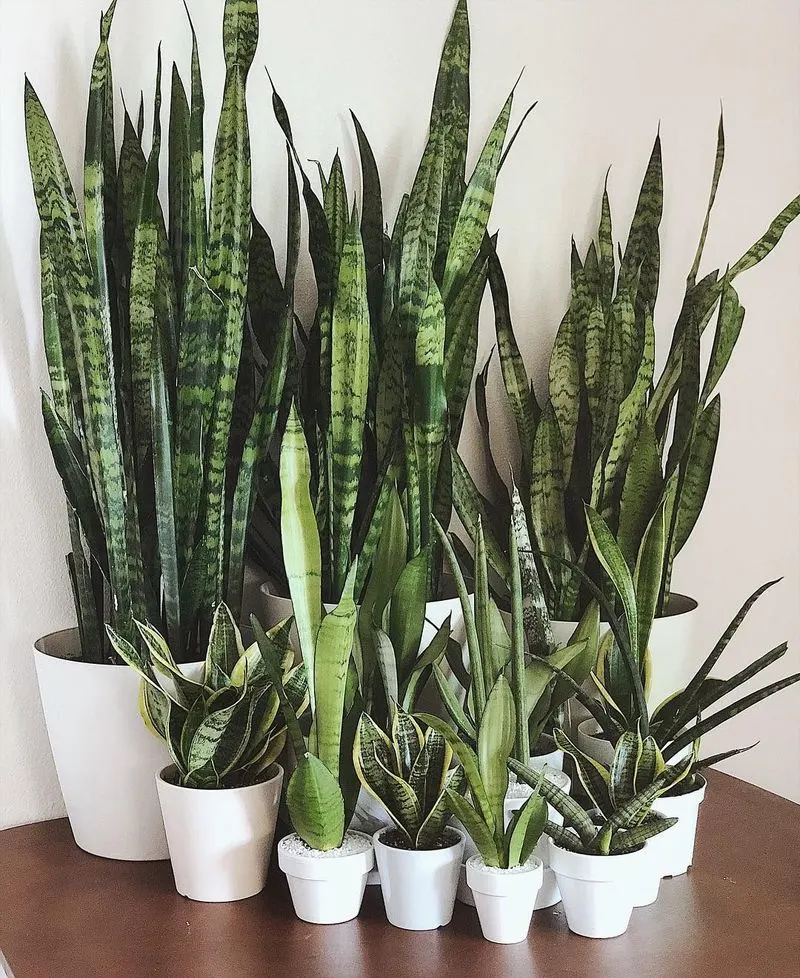
The Snake Mimicry Plant uses its long, sinuous leaves to imitate the appearance of a snake. This unusual mimicry deters herbivores who fear predators.
Native to tropical forests, this plant’s leaves can vary in color to enhance its snake-like illusion. This adaptation showcases nature’s creativity in plant defense.
By mimicking a dangerous animal, the plant ensures its survival in a competitive environment, where being eaten could mean the end of its lineage.
Ghost Plant
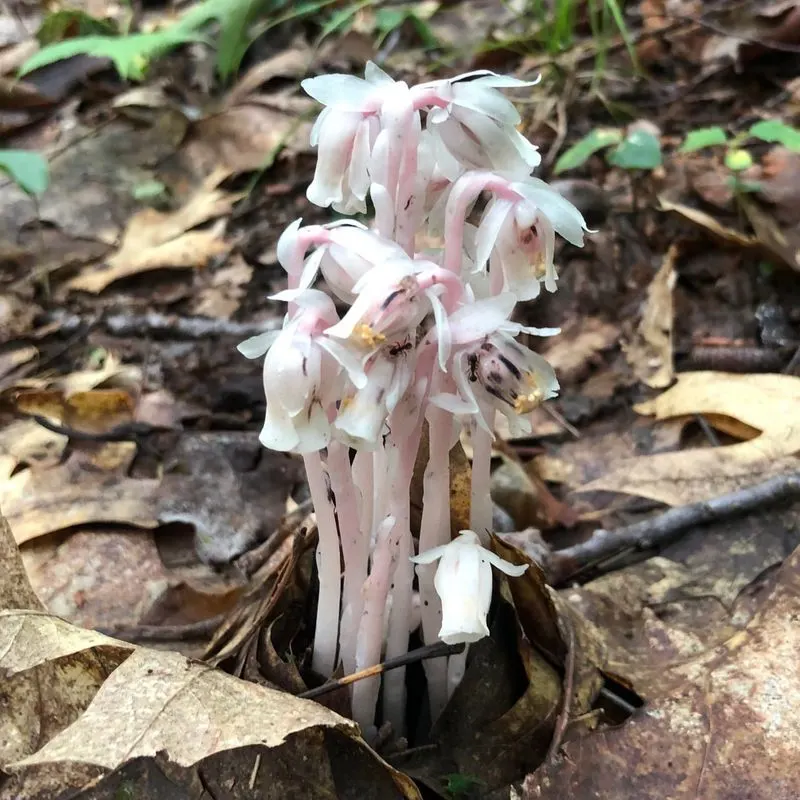
The Ghost Plant, or Indian Pipe, lacks chlorophyll, giving it a ghostly, translucent appearance. This plant mimics fungi, blending seamlessly into the forest floor.
Its pale color allows it to remain hidden from herbivores, while it derives nutrients from mycorrhizal fungi. This parasitic relationship is crucial for its survival.
Found in shaded forests, the Ghost Plant’s unique appearance and feeding strategy make it a fascinating subject of study in plant mimicry.
Cobra Lily
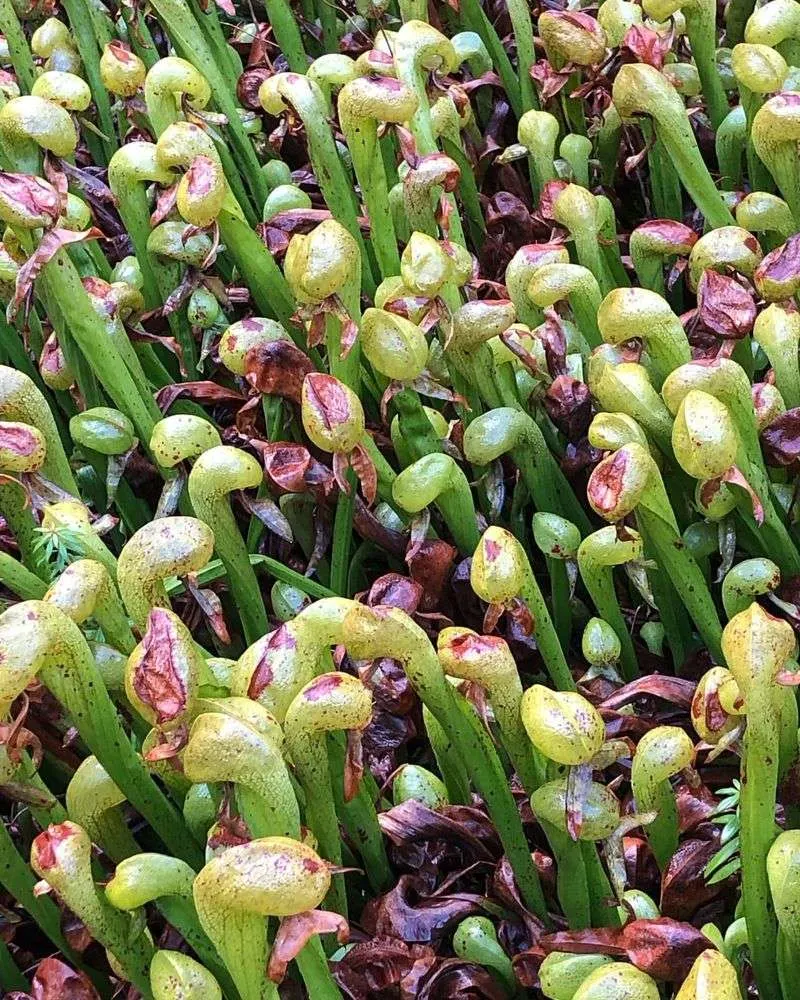
Cobra Lily gets its name from its leaves that resemble a cobra poised to strike. This mimicry is both a defense mechanism and an insect trap.
Found in North American bogs, its leaves lure insects with nectar, trapping them for nutrients. The cobra-like appearance deters larger predators.
This dual purpose adaptation highlights the intricate survival strategies plants have developed, making Cobra Lily a stunning example of botanical mimicry.
Exploding Cucumber
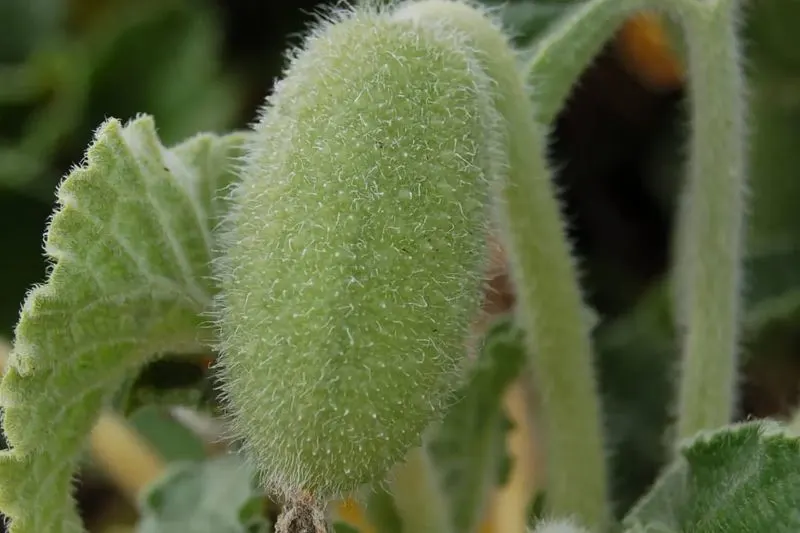
The Exploding Cucumber, also known as the Squirting Cucumber, uses mimicry to disperse its seeds explosively. This plant’s fruit bursts open when ripe, scattering seeds across the ground.
The explosive mechanism imitates animal movement, ensuring seeds reach fertile soil. Native to Mediterranean climates, this adaptation is crucial for propagation.
By mimicking an external force, the Exploding Cucumber maximizes its reproductive success, showcasing nature’s ingenuity in seed dispersal.
Mimosa Pudica
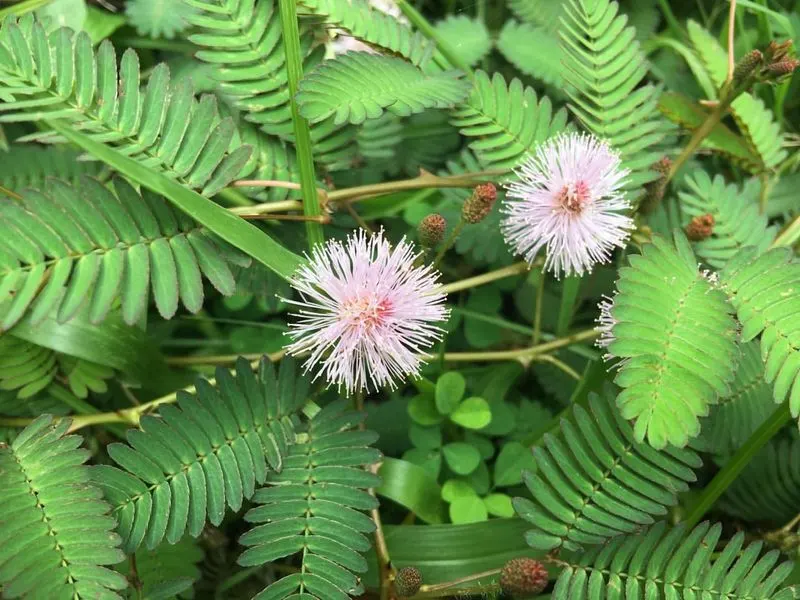
Mimosa Pudica, or the Sensitive Plant, mimics animal movement by folding its leaves when touched. This rapid response deters herbivores and curious animals.
Its leaves close and droop, making the plant appear less appealing. This defensive mimicry is a survival tactic in tropical environments.
The Sensitive Plant’s ability to simulate motion is a remarkable example of how plants can adopt mechanical mimicry to protect themselves from potential threats.
Pebble Plant
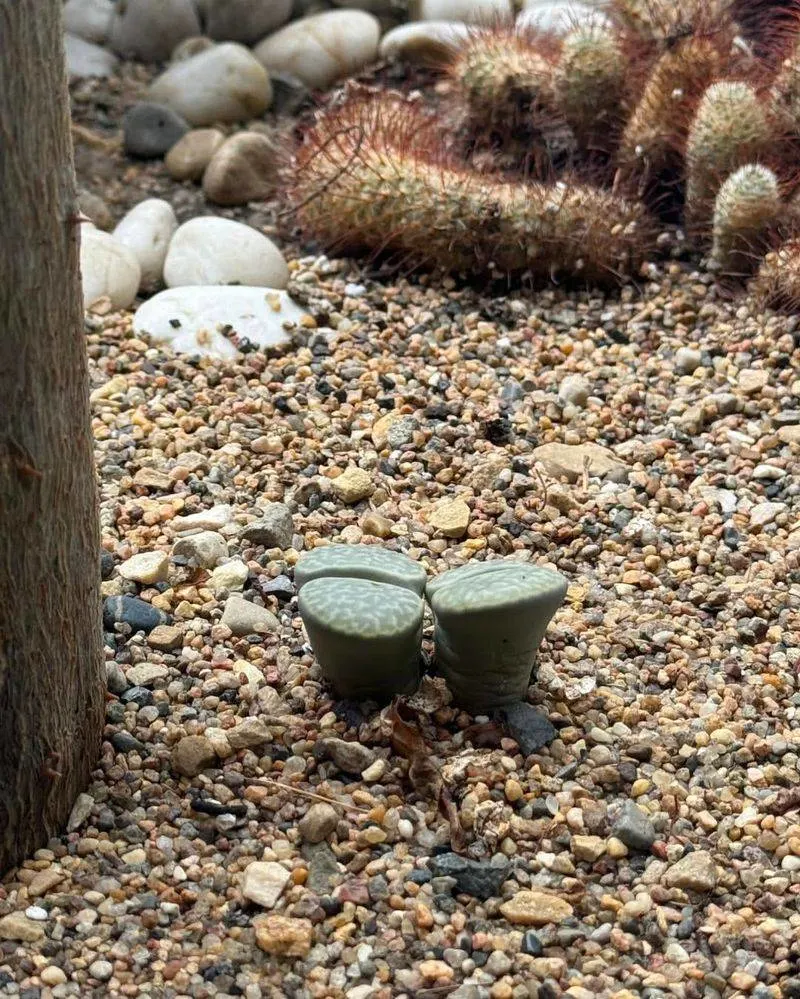
Pebble Plants, similar to Lithops, are succulents that mimic the appearance of small stones. This helps them avoid detection by herbivores.
Found in arid climates, their stone-like shape reduces water loss and camouflages them in rocky environments. Such mimicry is vital for survival in challenging conditions.
Their ability to blend in with their surroundings showcases the extraordinary adaptations plants have developed to thrive in seemingly inhospitable habitats.

